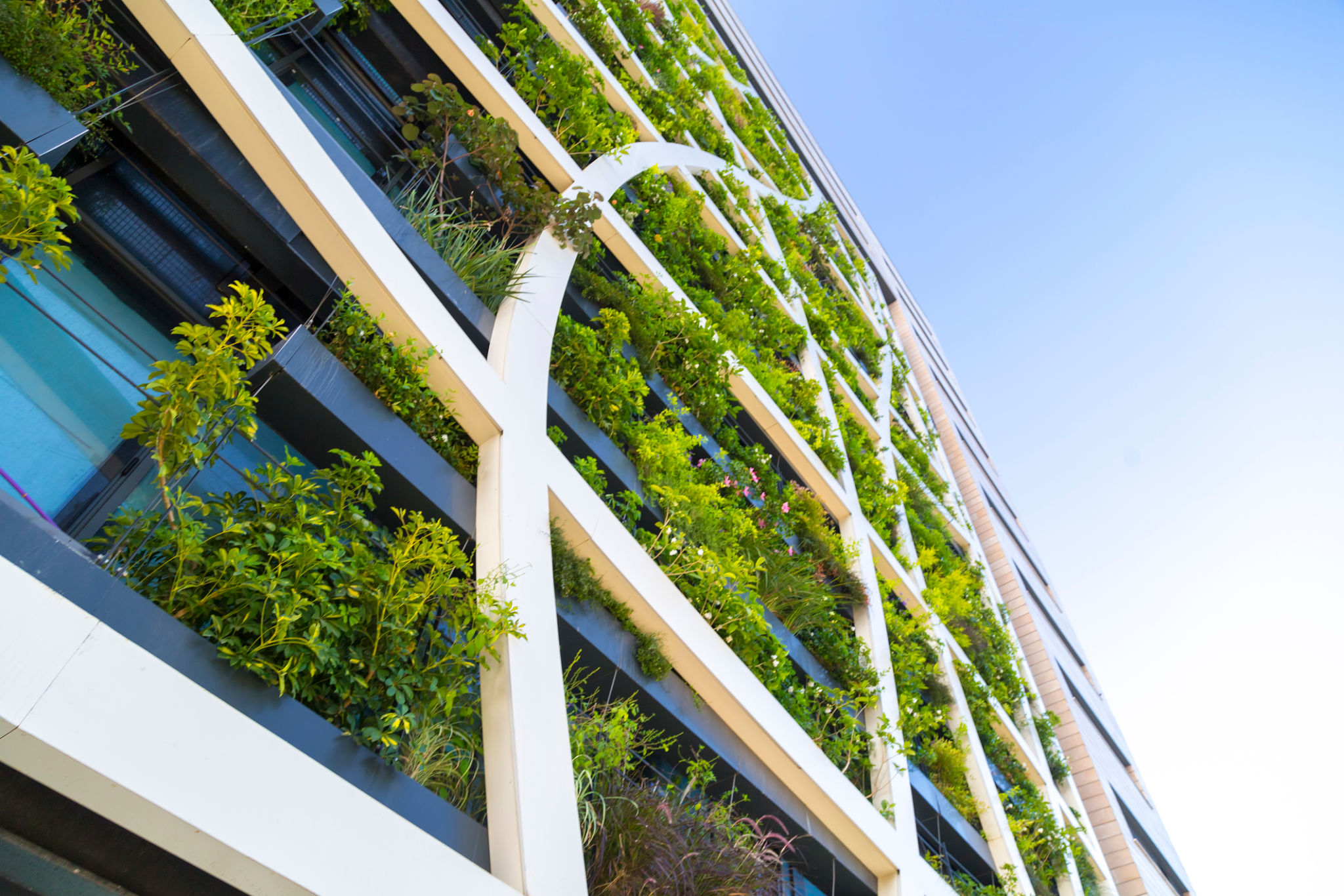Vertical Gardening Techniques for Small Spaces: Maximizing Your Edible Garden
Understanding Vertical Gardening
Vertical gardening is an innovative method that allows gardeners to maximize their planting area by growing plants upwards rather than outwards. This technique is especially beneficial for those living in urban environments or with limited outdoor space. By utilizing walls, fences, or specially designed vertical structures, you can create a lush, productive garden that produces a variety of edible plants.
One of the key advantages of vertical gardening is its ability to enhance the aesthetic appeal of your space while providing practical gardening solutions. Whether you're cultivating herbs, vegetables, or fruits, this method can transform your small area into a thriving green oasis.

Choosing the Right Plants
When it comes to vertical gardening, selecting the right plants is crucial. Certain plants naturally lend themselves to vertical growth and can flourish in smaller spaces. Here are some ideal choices:
- Climbing Vegetables: Beans, peas, and cucumbers are excellent for vertical gardening as they naturally climb supports.
- Dwarf Varieties: Tomatoes and peppers have dwarf versions that work wonderfully in compact spaces.
- Herbs: Basil, mint, and parsley can be grown in vertical planters and harvested as needed.
By selecting plants that are suited for vertical growth, you'll ensure a more successful and productive edible garden.
Constructing Your Vertical Garden
Building a vertical garden can be as simple or complex as you desire. There are several methods to consider:
- Trellises: These are perfect for climbing plants like peas and beans. Secure a trellis against a wall or fence to support the plants' upward growth.
- Pocket Planters: Fabric or plastic pockets can be mounted on walls to house smaller plants and herbs.
- Pallet Gardens: Recycled wooden pallets can be transformed into rustic planters by filling them with soil and planting directly into the slats.

No matter which structure you choose, ensure that it is sturdy enough to support the weight of both the soil and mature plants.
Maintaining Your Vertical Garden
Maintenance is key to keeping your vertical garden healthy and productive. Regular watering is essential, as vertical gardens tend to dry out faster than traditional gardens. Consider installing a drip irrigation system to ensure even moisture distribution.
Additionally, fertilizing your plants will promote robust growth and yield. Use organic compost or liquid fertilizers to supply necessary nutrients without harming the environment. Pruning and harvesting regularly will also help manage plant size and encourage new growth.

Pest Management
Pests can be a concern in any garden, but maintaining a clean environment and using natural pest control methods can mitigate these issues. Introducing beneficial insects like ladybugs or applying neem oil are effective ways to control pests without resorting to harsh chemicals.
Conclusion: Enjoying the Fruits of Your Labor
With the right techniques and care, a vertical garden can transform even the smallest space into a productive and beautiful edible garden. By embracing this approach, you not only maximize your growing area but also enhance your living environment with fresh produce and greenery.
Start small, experiment with different plants and structures, and soon you'll be enjoying the delicious rewards of your vertical garden. Happy gardening!